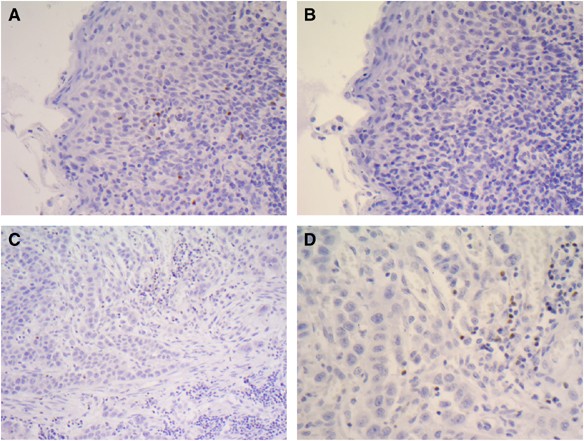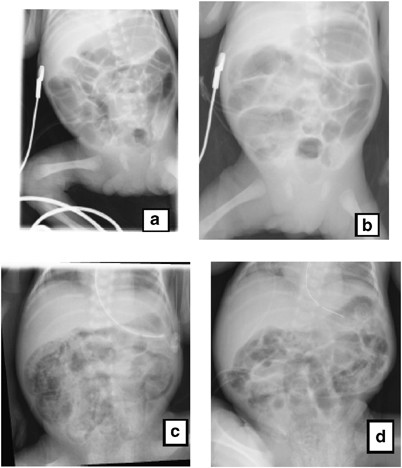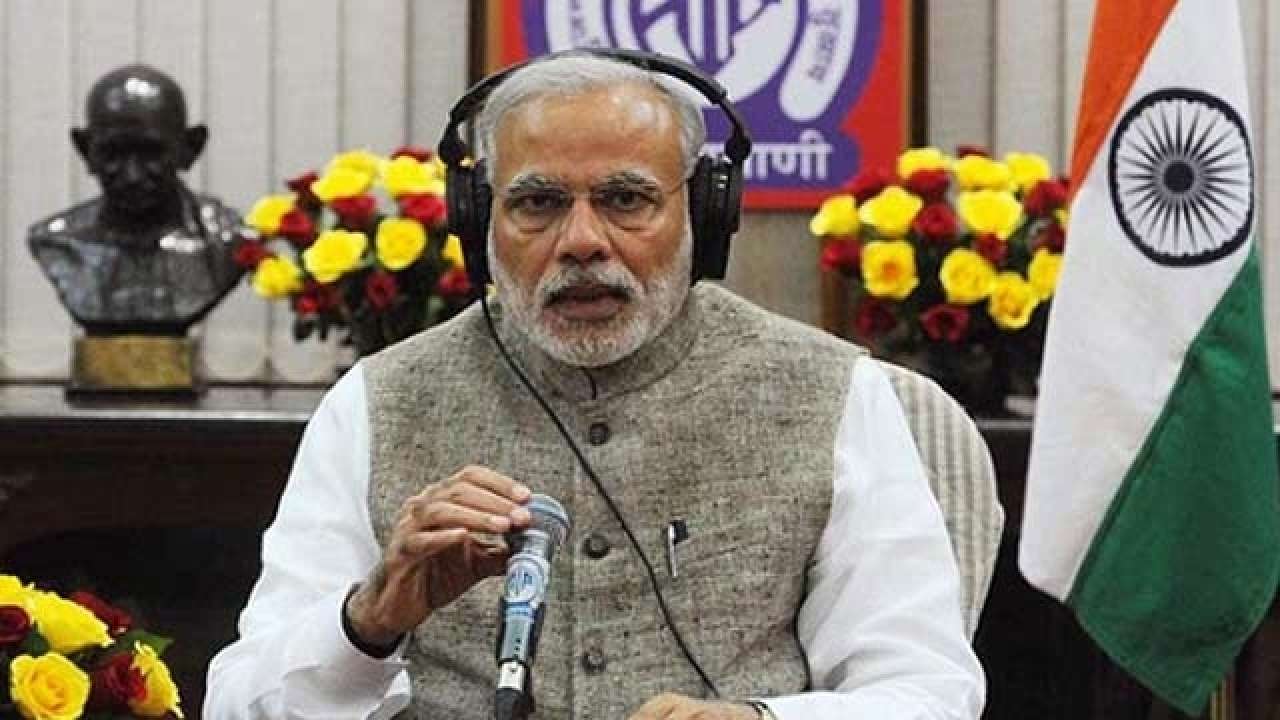
- Select a language for the TTS:
- UK English Female
- UK English Male
- US English Female
- US English Male
- Australian Female
- Australian Male
- Language selected: (auto detect) - EN
Play all audios:
Inequality in cities has not been eradicated by technological advances, and by some measures, our digital tools and their economic effects increase inequality. Technological advances and
tools may, however, further our understanding of inequality. Since 2011, I have been formally involved in research and teaching in urban planning at the University of Waterloo. My PhD
studies included original socio-spatial analytic research that highlighted the possibility that computational modelling could help us understand urban inequality. LESSONS FROM HAMILTON
Careful research into tax, land ownership and city clerk records by historian Michael B. Katz in the mid-1970s unearthed a pattern. His research into mid-19th century Hamilton, Ont.,
revealed that a relatively small segment of wealthy citizens occupied social and structural realities far different than the large (and largely poor) balance of citizens. Katz advanced our
understanding of urban poverty by noting the structural, rather than just personal, nature of inequality. Prior to Katz, poverty was often understood as a character or motivational flaw. For
the past two years, a sub-group of computer scientists, systems dynamics researchers and urban planning scholars have met annually at the Computational Social Sciences Society of the
Americas in Santa Fe, N.M., to examine the structural and dynamic roots of inequality. The conference sub-group aimed to reduce complexity while retaining the inequality dynamics we called
social primitives. They were not anthropological primitives but are artificial, digitally designed dynamics for clarifying inequality origins. STRUCTURAL INEQUITIES Urban poverty is not
simply an individual character flaw: inequality clearly includes structural dynamics, which means that wealth is not simply a matter of superior individual characteristics. Katz noted that
wealth may be as much a consequence of where you fit into the bigger structures of the city or the social class you happened to be born into. Structural dynamics means that something beyond
the individual played a role in generating and sustaining the inequality. Careful interrogation of the dynamics of income inequality present in Hamilton in the 1850s provided insight for
developing a greatly simplified digital model. Hamilton had a small, wealthy population that was relatively stable during the 1850s, a period of time where the much poorer balance of the
population experienced little economic gain. Most of the wealthy population noted in 1851 was still there a decade later. For the poor, records indicate that as many as two-thirds who where
there in 1851 had moved on a decade later. WEALTH AND STABILITY A notable driver in the historical record was the persistence of a wealthy segment of society — typically 10 per cent or fewer
residents. Their social, work and recreational circles gave them access to resources in the form of land ownership, ability to borrow money for investments and ownership of production.
Those advantages, in particular land ownership, did not seem to be available to the balance of the city who remained in a persistently fragile economic state. Our exploration of Katz’s
research and insights suggested that a key advantage of the wealthy was access to a range of social resources in the form of institutions that provided the money, trust and investment
opportunities. In our earlier published work on a model of primitive forms of cooperation, we developed our ideas about the wealth pattern in Hamilton by formulating a core question: What is
the minimal set of rules required to model the emergence of inequality in wealth distribution? We developed a model in the programming language R that comprised a two-dimensional landscape
whereby agents had to oversee areas of resources — in this case, sugar — randomly assigned to each plot. Agents were added to the landscape randomly and their survival was based on making
sure that their sugar levels maintained above a certain threshold. If two agents ended up beside each other and both had extra resources collected from the landscape, they could share those
extra resources when needed. We defined two agents or more working together to be proto-institutions. These proto-institutions represented the advantage of the wealthy in the Hamilton
context. The inequality of agents was measured and compared — those who were members of proto-institutions and those who were not. We began as simple as possible in order to try and observe
the early, nuclear emergence of inequality. When agents do not have membership in a proto-institution, they are completely dependant on what the landscape provides at each cycle. When agents
are part of an proto-institution, they have a means of banking extra sugar, benefiting from other member agents extra sugar and can survive cycles of low landscape sugar. The computational
model generates data over hundreds or thousands of cycles with a wide range of variable settings. Our early results suggest that the proto-institutions advance overall stability and wealth
but also increase agent inequality. Our focus on the simplest possible form of institutional emergence allows us to reduce the number of confounding variables while testing our hypothesis
about institutions and income inequality. Our model, while not a replication of 1850s Hamilton, was informed by the historical realities identified by Katz. CHANGE EXPERIMENTS The knowledge
gained from our agent-based model may provide clues about where to look for current inequality drivers in urban settings. An effective model could clarify how many and what kinds of
institutional types are required to narrow the inequality gap. We may, for example, hypothesize that informal developments in urban settings have fewer formal institutional structures. These
missing pieces of social infrastructure may contribute to persistent poverty. These _in silico_ experiments — conducted in artificial labs — support ongoing research to deepen understanding
about inequality and help identify which interventions are likely to be most beneficial. [ _Like what you’ve read? Want more?_ Sign up for The Conversation’s daily newsletter. ]



![[withdrawn] near miss with a track worker at llandegai tunnel](https://assets.publishing.service.gov.uk/media/6051d710d3bf7f0455a6e604/s960_Llandegai_tunnel.jpg)



